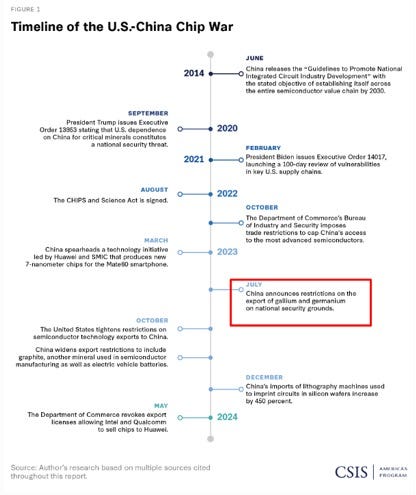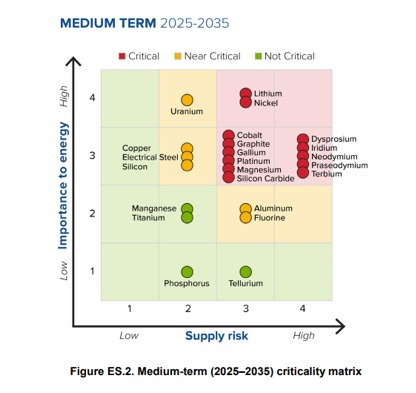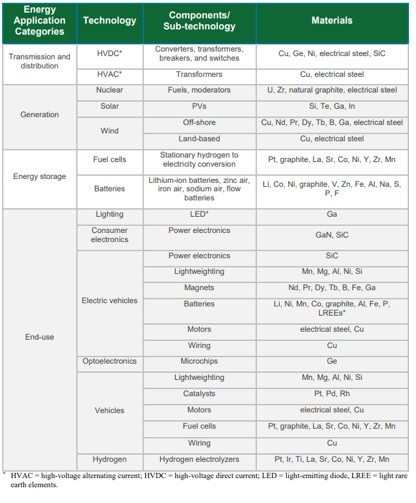At Risk Metals (ARM)
The silent sector no one is talking about
Let’s talk At Risk Metals (ARM’s) for semiconductors and the Green Revolution.
Brief timeline of US-China Chip War
Now let us take a look at at risk materials from the DOE critical materials assessment 2023 for the green revolution
**Important note: Critical minerals are defined as supply chain risk materials, not necessarily as scacity.
l Materials used in batteries for EVs and stationary storage are now considered to be critical. While cobalt (Co) was found to be critical in this and previous reports, lithium (Li) becomes critical in the medium term due to its broader use in various battery chemistries and the rampant growth of the EV industry. Natural graphite is a new addition in this assessment and is also found to be critical.
l Platinum group metals used in hydrogen electrolyzers, such as platinum (Pr) and iridium (Ir), are critical due to an increased focus on hydrogen technologies to achieve net-zero carbon emissions, whereas those used in catalytic converters, such as rhodium (Rh) and palladium (Pd), were screened out due to the decreased importance of catalytic converters in the medium term.
l Gallium (Ga) continues to be critical due to its use in light-emitting diodes (LEDs). In addition, the use of Ga has increased in magnet manufacturing and in semiconductors in forms such as gallium arsenide (GaAs) or gallium nitride (GaN).
l Major materials like aluminum (Al), copper (Cu), nickel (Ni), and silicon (Si) move from noncritical in the short term to near critical in the medium term due to their importance in electrification.
l Electrical steel is near critical due to its use in transformers for the grid and electric motors in EVs. (DOE)
End uses for these materials:
Now for semi conductors:






